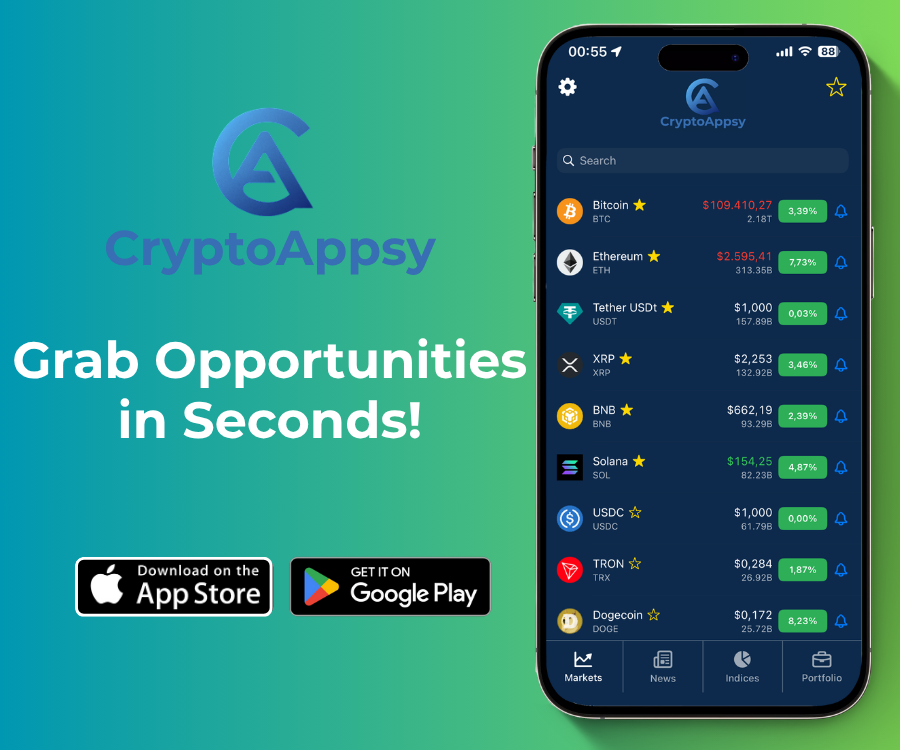Tokenization Unleashed: The Digital Revolution Transforming Real-World Assets in 2025
Wall Street's paper tigers meet their blockchain reckoning.
How tokenization cuts through legacy finance's red tape—and why your CFO still doesn't get it.
The trillion-dollar shift you're missing
From illiquid assets to programmable capital: Real estate, art, even carbon credits now trade like crypto. Liquidity unlocks value even Goldman Sachs can't ignore (though they'll try to tax it).
Smart contracts bypass middlemen—no more 2AM Excel reconciliations or 'accidental' fee inflation. Settlement times drop from days to seconds while traditional banks still process checks.
Bonus cynicism: Watch institutions suddenly 'believe' in blockchain once they can securitize your grandma's antique spoon collection.
Roles of Corporate Actors and Investments
In the past month, major financial institutions and tech companies have launched various projects within the tokenization landscape. Robinhood initiated a tokenized stock platform on Arbitrum, while Kraken introduced its xStocks project on the Solana![]() $157 blockchain. Currently, these services are available to non-US users, while Coinbase has filed legal applications to start tokenized stock trading in the US market. On an institutional level, the Canton Network blockchain project, designed for asset tokenization, has received significant investments from entities like DRW Capital, Tradeweb, Citadel, and Goldman Sachs. Reports estimate the total investment size to reach 135 million USD.
$157 blockchain. Currently, these services are available to non-US users, while Coinbase has filed legal applications to start tokenized stock trading in the US market. On an institutional level, the Canton Network blockchain project, designed for asset tokenization, has received significant investments from entities like DRW Capital, Tradeweb, Citadel, and Goldman Sachs. Reports estimate the total investment size to reach 135 million USD.
Market Potential and Effects of Tokenization
Experts suggest that the potential of tokenization is vast, with the total size of traditional financial markets, including stocks and bonds, estimated at approximately 257 trillion USD. Even moving just 1% to 5% of this amount to the blockchain could result in a trillions-dollar asset flow. This significant potential could surpass the total current value of digital currencies and stable crypto assets. Matt Hougan, Bitwise CIO, believes tokenization could soon impact Layer 1 blockchain tokens’ prices unexpectedly quickly.
Matt Hougan: “Skeptics say it might take 20 years to fully tokenize stock and bond markets, and they may be right. But the market is so large that it doesn’t matter. Stocks represent a 117 trillion-dollar market, and bonds a 140 trillion-dollar market. Even targeting a 1-5% transformation WOULD be significant.”
Tokenization is not only envisioned to impact the financial sector but also to considerably raise the value of tokens within blockchain infrastructures. Hougan advises investors to create diversified portfolios focusing on LAYER 1 blockchain tokens like Ethereum![]() $2,780, Solana, Chainlink
$2,780, Solana, Chainlink![]() $14, and XRP, alongside fintech stocks like Coinbase, Robinhood, and Circle.
$14, and XRP, alongside fintech stocks like Coinbase, Robinhood, and Circle.

Regarding the matter, BlackRock CEO Larry Fink emphasized the growing trend of asset digitalization in the future.
Larry Fink: “Every stock, every bond, every fund – all assets can be digitalized.”
These statements underline a new trend emerging in the world of finance.
The increasing adoption of tokenization and support from large investors and institutions may lead to significant changes in financial markets in the coming period. However, developments in legal regulations and technical infrastructure will be key factors in determining the speed and scope of this transformation.
Overall, while the potential market size for tokenization is noted to be quite large, this process is expected to offer a new perspective on financial markets and blockchain technology. Over time, representing more asset classes over blockchain may bring advantages like transparency and accessibility. Nevertheless, the scope and pace of this transformation will be shaped by the efforts of sector players and legal regulations.
You can follow our news on Telegram, Facebook, Twitter & Coinmarketcap Disclaimer: The information contained in this article does not constitute investment advice. Investors should be aware that cryptocurrencies carry high volatility and therefore risk, and should conduct their own research.
